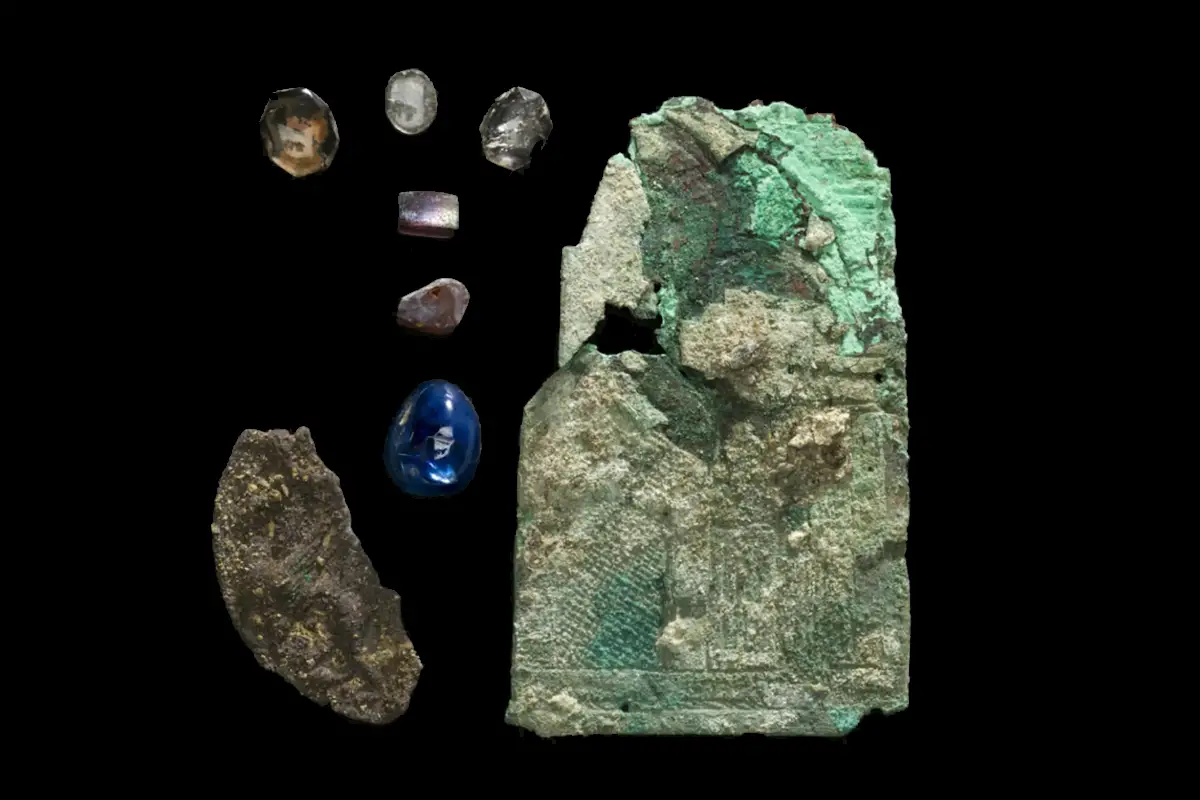Archaeologists have rediscovered the remains of the reliquary of St Swithun in a crypt beneath Stavanger Cathedral.
St Swithun was an Anglo-Saxon bishop of Winchester (England), raised to the position by Æthelwulf, King of Wessex.
His importance in the church is overshadowed by his reputation for posthumous miracle-working, the most famous being the restoration of a basket of eggs that workmen had maliciously broken.
St Swithun’s death is recorded in the Canterbury manuscript of the Anglo-Saxon Chronicle under the year 861, where in the centuries that followed, his body was split between a number of shrines. More than forty churches dedicated to St. Swithun are located across southern England and western Norway, including Stavanger Cathedral in the city of Stavanger.

According to historical sources, Bishop Reinaldl, Stavanger’s first bishop, founded Stavanger Cathedral around 1100. He is said to have brought the arm bone of St Swithun from England, which was placed on the high altar in a decorated gold casket following the cathedral’s consecration.
During the Reformation, idols of Catholic “superstition” were removed and destroyed. It is thought that St. Swithun’s reliquary was taken to Denmark and melted down.
In 2023, a 700-year-old ivory figurine of Melchior, one of the three wise men, was discovered in the crypts beneath the cathedral. This led to an excavation by archaeologists from the University of Stavanger’s Museum of Archaeology.
The excavation uncovered a gilded copper plate measuring 5 by 10 centimetres, a gilded silver medallion with an animal motif, and several decorative glass gems.
“We were very surprised when we carried out an X-ray examination of the copper plate. The image clearly reveals a church building with tower and roof, columns and windows,” says conservator Bettina Ebert.
According to the researchers, this discovery is likely the remains of the reliquary of St Swithun.
The excavation also found gilded fragments of liturgical objects, pieces from the cathedrals stained glass windows, the papal seal of Boniface VIII (1294–1303), hundreds of coins and bracteates, and a woven gold band from the fine vestments of a church official.
Header Image Credit : Annette Øvrelid
Sources : University of Stavanger’s Museum of Archaeology







